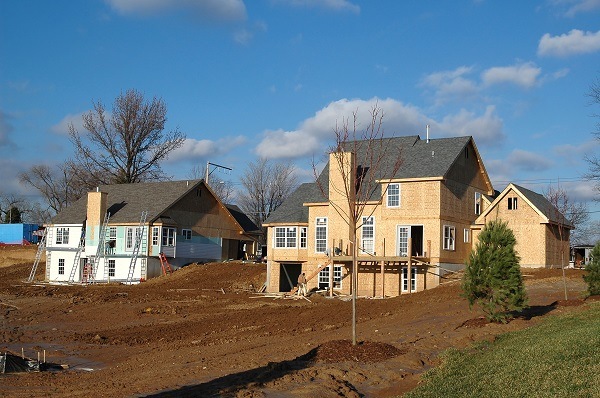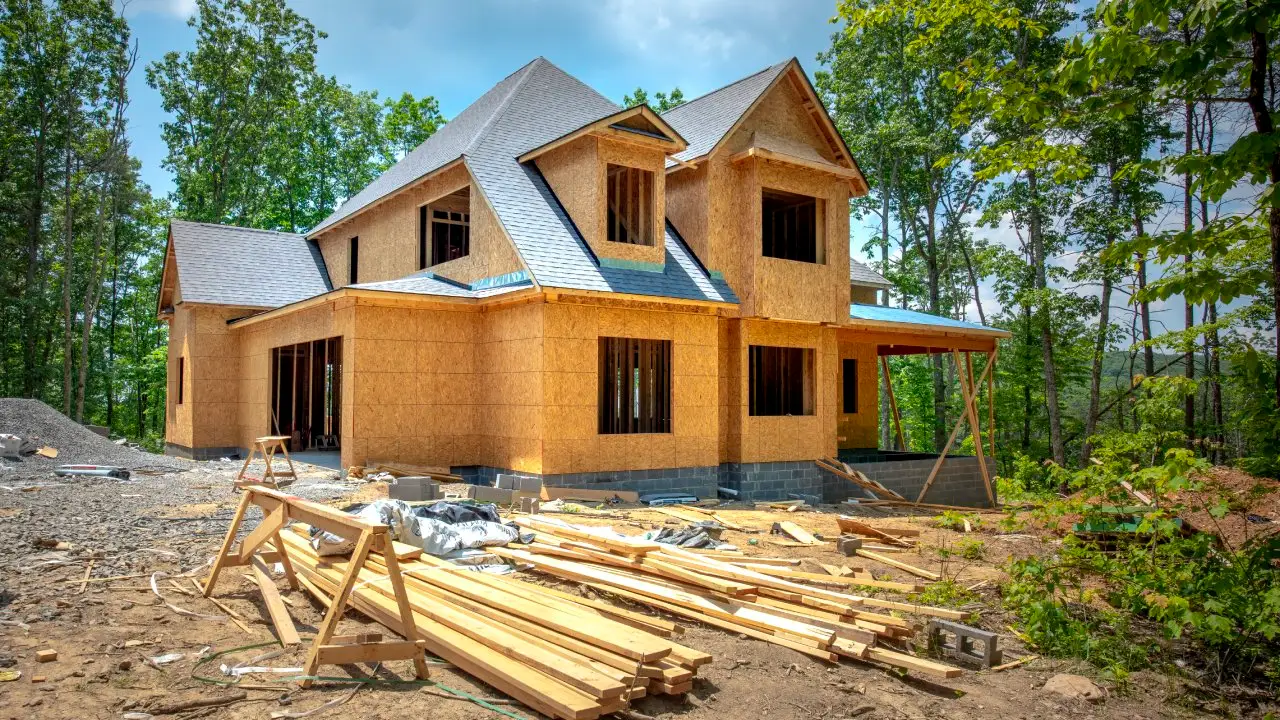Residential construction continues to move along despite the challenges brought by the coronavirus. The sector has been helped by several government authorities who have included construction workers as essential jobs exempt from shelter-in-place orders, enabling the industry to continue. California included construction services as Essential Critical Infrastructure jobs as part of the exemptions for the statewide shelter-in-place Executive Order signed by Governor Gavin Newsom on March 19, 2020. The State Public Health Officer further clarified that the order includes “Construction Workers who support the construction, operation, inspection, and maintenance of construction sites and construction projects (including housing construction).”
Additionally, the U.S. Department of Homeland Security – Cyber & Infrastructure Security Agency (“CISA”) provides a list of all critical infrastructure operations outlined under federal guidelines. CISA Director Christopher Krebs separately issued a Memorandum on Identification of Essential Critical Infrastructure Workers During COVID-19 Response, which included “workers performing housing construction related activities to ensure additional units can be made available to combat the nation’s existing housing supply shortage.”
In fact, new home construction and sales have not slowed down during this pandemic. According to Stuart Miller, CEO of Lennar Corp., homebuilders are relying on virtual tours, online showings, and drive-thru closings to continue to sell homes during this pandemic. “Even in the current environment, we are selling homes, people are attracted to the safety and security of our homes. Since the end of the first quarter, new orders continue to be strong.” Similarly, David Webb, Vice President of Fulton Homes (Arizona) said, “I thought last week we might take a little bit of a dive. It didn’t happen. Our foot traffic was off a little bit in our sales offices, but our sales were as strong as ever.” According to the National Association of Home Builders, permits for single-family homes rose 21% over the past year and grew 6.1% over the last month.
This growth may be curtailed in California in that the Bay Area, on March 31st, issued revised guidance excluding construction as an essential job except for construction related to the infrastructure or to address affordable housing and homeless issues. Additionally, the Los Angeles Department of Building Safety issued new guidelines tightening the requirements of worksites to plan for and address worksite safety.
Other areas are likely to adopt similar measures, as New York State similarly issued guidance halting all construction, except for healthcare facilities, infrastructure and housing related projects.
If other authorities across California and that nation implement similar restrictions as the Bay Area, Los Angeles and New York State, the possible silver lining of an active construction sector could lose its shine.




